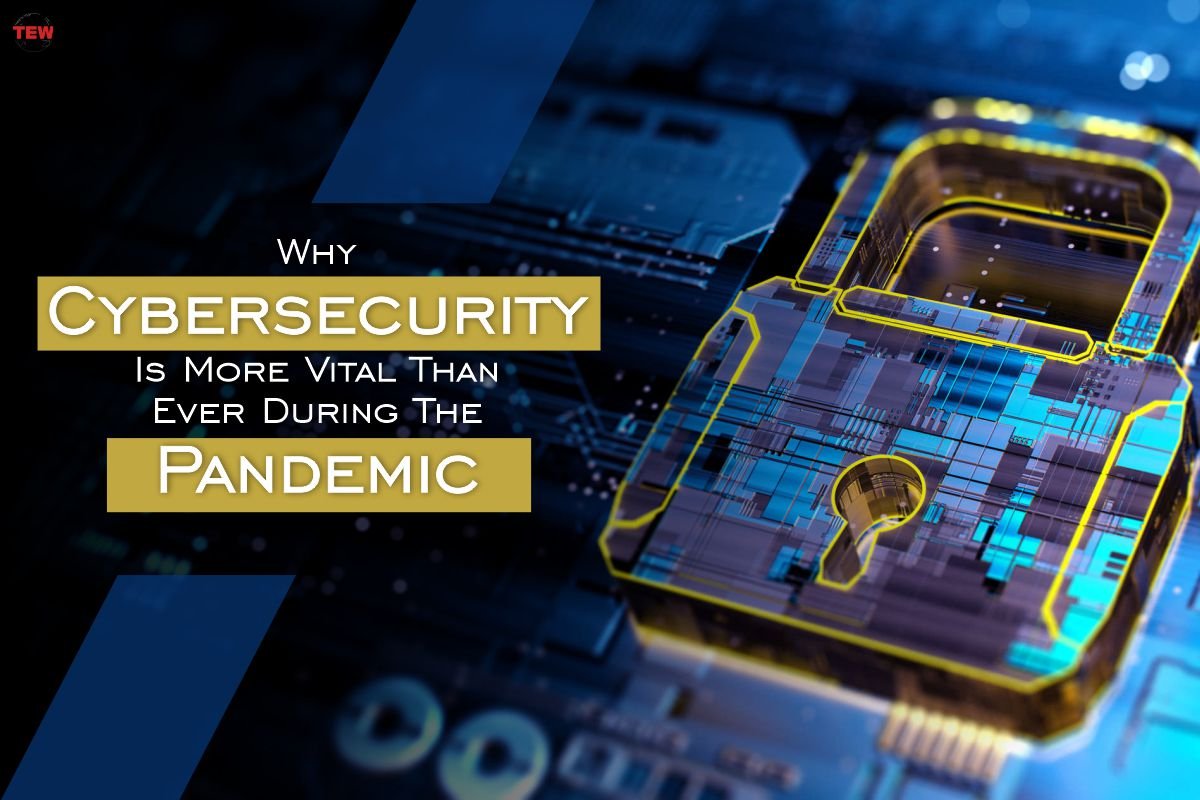The ongoing pandemic is said to be causing numerous difficulties and challenges for companies and their employees. Their information technology (IT) cybersecurity teams, for one, now have to grapple with the threat of viruses and malware against the personal computing devices being used by their workers in their own respective homes due to the rise of remote work setup. Protect your data against hackers by taking a Cyber Security program.
One way or the other, employees will have to remotely access their company’s secure networks and servers from wherever they’re working. They’ll need a way to manage file transfers by employing secure file transfer software and other similar technology. This makes cybersecurity indispensable to continued business operations. For remote workers, provide them with information on remote workplace security.
Here are some reasons why cybersecurity is more vital now than ever before.
1. Work-From-Home, Work-From-Anywhere
The ongoing global pandemic has phased out a lot of the old ways by which employees and workers do their jobs and access the data they work on. Numerous companies and organizations have found themselves with no other choice but to allow their employees to explore novel work structures such as allowing workers to render services from their homes. It all happened so fast for most of them. What used to be unimaginable for both human resource departments and IT cybersecurity teams became the norm almost overnight. The Privacy Policy and other data protection tools should be properly designed by the company. You can refer termsfeed review for it.
Now employers have accepted the reality that they would have to allow most if not all of their workforce members to render work from home – or in some cases work from anywhere. At least at the start, this was a serious challenge for IT teams in charge of company cybersecurity. Before the pandemic, most of their concerns were about securing devices in company premises from any potential cybersecurity attack from external threats. But now they have to secure an expansive and mobile network and still comply with data privacy regulations.
2. Remote But Secure File Access
One of the first challenges that IT cybersecurity teams had to face is how to maintain a network that can provide employees working remotely secure access to their work files. Even if employees have been allowed to work from home, they’d still have to be granted access to the data they’re working on when they were still required to render onsite duty. To most employees, they’re able to do this in the office by accessing the folders which they’re permitted to access within the company network.
But a principal security feature of this network is that these folders are located in company servers and computers. Most of them are said to be secured by firewalls shielding the routers and access points located within work premises. Even for multinational companies with multiple worksites, each office site is secured by its own on-premise network security infrastructure and a team of network security professionals. Although the servers are situated in the cloud, they’re still secured by firewalls and protected access points located on-premise.
With everyone working from home or from anywhere during the pandemic, IT cybersecurity teams would now have to worry about the additional vulnerabilities posed by the client computers or laptops of employees who are accessing the company servers from outside their traditional secured network. To do this, they’d have to make sure the employee’s computers are also protected by firewalls, network security protocols, anti-virus, and anti-malware applications.
3. Securing File Transfer And Sharing
In addition to granting their work-from-home employees convenient ways to remotely access their work files and folders from any location, many IT cybersecurity teams would now have to face the challenge – if not horrifying network security nightmare – of having to allow remote file transfer. Of course, even before remote work, their employees were allowed a certain degree of capability to send out some of the things they’re working on.
For employees who are using the company’s proprietary software applications, or have been given permissions to access restricted or confidential information, this poses considerable cybersecurity challenges. For example, an employee who has to be given access to the business and marketing plans of the company for the year would now have to work on them on their personal computers or laptops at home. They’d also have to be allowed to send and share these files over the Internet or even thru some virtual private network (VPN) from time to time.
4. Challenges Of Mobile Access Security
Another important challenge being faced by IT cybersecurity teams today is how to secure mobile phones and client data. Aside from having to permit personal computers and laptops remote access to secure company servers, they’d also now have to allow employees to use their mobile devices to access some or part of the files and folders stored in secure company folders.
One of the concrete challenges posed by mobile phones and tablets is that they’re very prone to be accessed by unauthorized persons. Most of the time, people just leave their phones on their desks or on top of tables. Some don’t even bother to lock their phones and put security passwords, much less require two-factor authentication or access tokens. This, plus the possibility that their phones could be stolen, poses tremendous cybersecurity challenges.
5. Secure File Sending And Sharing In The New Normal
The pandemic has indeed amplified the need to secure different IT networks and servers across the globe. With most companies now shifting to remote work models, cybersecurity teams need to provide managed file transfers that won’t compromise data security. This is further complicated by the use of mobile devices and the need to protect client data and comply with data privacy regulations.
The article above provides you a quick rundown on the following reasons as to why it’s important for many companies to employ the best cybersecurity practices in the name of data protection. It’s highly advised that you keep the concepts discussed in mind when setting up new data policies for your company’s needs in the age of the new normal.





